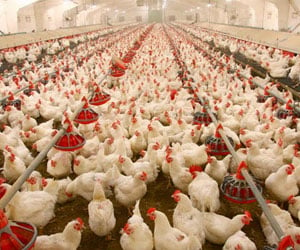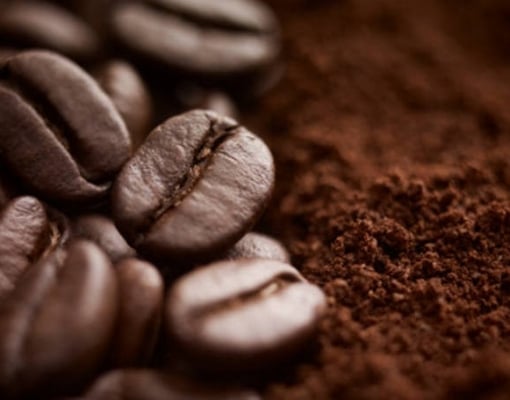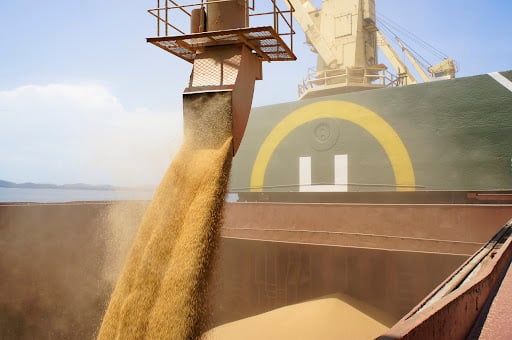![]()
The sugar market opened the week in decline, reflecting the appreciation of the dollar against other currencies and a drop in the pace of Brazilian exports. On the ICE in New York, the May/25 contract fell 1.17%, trading at 19.49 cents per pound, while in London the ton for the same maturity fell 0.91%, quoted at US$ 547.40. According to Barchart, the downward movement is linked to the strength of the dollar, which has rallied globally in recent sessions. In Brazil, the exchange rate rose from R$ 5.63 to R$ 5.71, which makes the domestic market more attractive for mills.
Despite this, the volume of sugar awaiting shipment at Brazilian ports increased: according to Williams Brasil, there were 50 ships in the loading queue in the week ending March 19, compared to 47 the previous week. The total scheduled for export rose from 1.634 million to 1.911 million tons. However, data from the Secretariat of Foreign Trade (Secex) point to a slowdown in exports in March. With 8 business days accounted for, the average daily revenue from sugar and molasses exports was US$$ 46.12 million, a drop of 34% compared to the daily average in March 2024. The average daily volume shipped also fell by 28.1%, going from 133.7 thousand to 96.2 thousand tons. The average price per tonne fell by 8.1%, from US$ 522.00 to US$ 479.50.
In India, one of the main global players in the sugar market, the outlook for the new 2025/26 season, which starts in October, is for comfortable initial stocks, despite reduced production in the current harvest and authorized exports of 1 million tons, according to information from Reuters.
According to Deepak Ballani, director general of the Indian Sugar and Bioenergy Manufacturers Association (ISMA), the outlook is positive in terms of supply. “The supply situation is very good because our initial stocks will be very comfortable and next year’s production will be higher,” he told Reuters.
According to the entity, at the start of the new cycle, on October 1, Indian mills will have around 5.4 million tons of remaining stocks. This volume will be enough to cover domestic demand in the first months of the season, especially in October and November, when consumption is usually high due to festivities and the weather.





